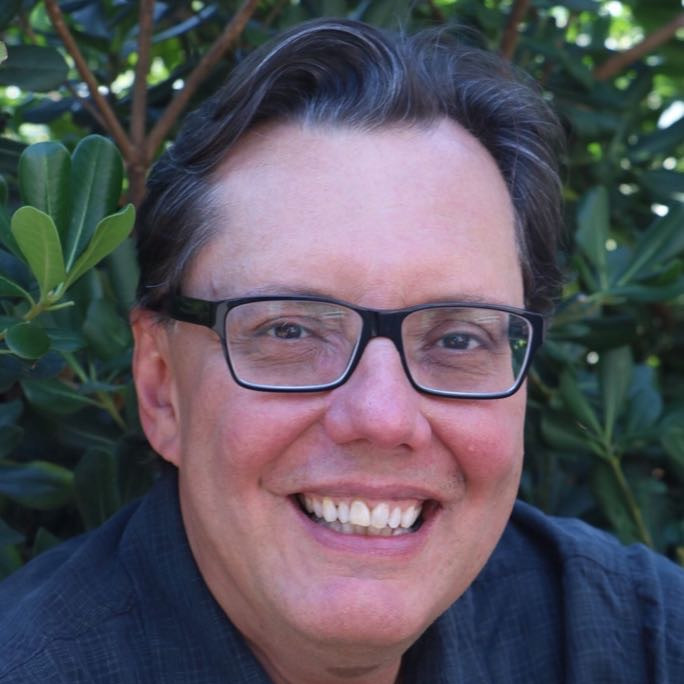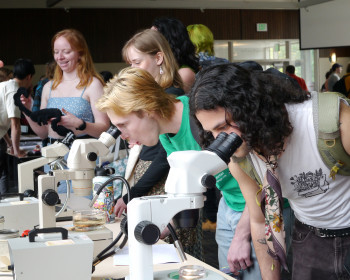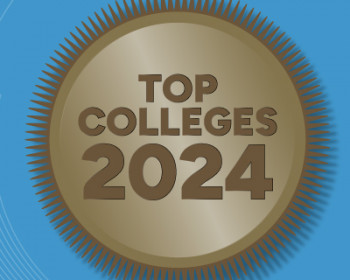Julio de Paula
Lewis & Clark students are committed to their own success and the success of the entire research team. They are creative, perseverant, and do not shy away from a complex challenge.

Pronouns
Title
Department(s)
What three words would you use to describe Lewis & Clark?
Tell us about your summer research.
We divide our time between the lab at Lewis & Clark and the field in Mallorca, Spain. Working with archaeologists from the University of Barcelona and chemists from the University of Portland, we determine the chemical compositions of artifacts recovered from the ruins of the ancient Roman city of Pollentia, and of Renaissance-era paintings housed in a church museum in the city of Alcúdia. For example, we use portable instruments to identify pigments used by artists in their paintings. Paints could be very expensive during the Renaissance, so the presence of certain pigments on a painting is evidence of its cultural importance. And we can tell the difference between pigments from the Renaissance and those that became available much later. On occasion we have found modern pigments, pointing to undocumented attempts at restoration. We share this information with members of the local community, so they may add to their understanding of Mallorcan history and culture.
How did you become interested in your research topic? What sort of real-world implications does your research have?
Since my days as an undergraduate I have been interested in the chemistry of color, the biology of colorful substances, and the technological applications of pigmented materials. My doctoral thesis was on plant photosynthesis (all of my samples were green), and as an independent researcher I have studied pink, red, purple, and green materials that conduct electricity when exposed to light from the sun. About seven years ago I was given the opportunity to apply my skills in laser-based techniques to the study of paintings in Spain. It may seem like I stumbled upon a project that combines chemistry, archaeology, art, and art history, but it was my fascination with light and color that got me there.
How are students involved?
Students from Lewis & Clark and the University of Portland learn how to use the x-ray and laser-based instruments, how to analyze the data, and how to identify pigments. Some of the students have worked exclusively in the lab at Lewis & Clark, and others have gone to Spain to do field work. This article from the L&C Magazine tells the story from the perspective of one of our students.
What would prospective students find most interesting about this research?
Through this work, a student who is interested primarily in science would learn a lot of chemistry and physics: x-ray and laser techniques, the molecular origins of color, and so on. Many of our students are also interested in making connections between science and other fields of inquiry and expression, so this project allows them to blend physics and chemistry with art and art history.
What do you enjoy most about collaborating with Lewis & Clark students?
Lewis & Clark students are committed to their own success and the success of the entire research team. They are creative, perseverant, and do not shy away from a complex challenge.
How does Lewis & Clark/this summer research experience prepare your students for a career and/or advanced studies after graduation?
Regardless of the nature of the investigation, a research experience teaches students to plan, create, troubleshoot, work collaboratively, and bring information together in new ways. These are essential skills from which rewarding careers are built. They also prepare students well to become independent scholars.
What should incoming students know about L&C?
Make sure to visit your professors during office hours. We’re eager to talk about courses, and your plans for the present and the future.
What sets your department or program apart from other small liberal arts colleges?
Nanotechnology? Environmental science? Biochemistry? Archaeology? Overseas Programs? Research opportunities? Award-winning faculty and students? Yes, we have all that … and more!
How do you describe the liberal arts?
A student educated in the tradition of the liberal arts can’t help but explore every aspect of an issue.
What brought you to L&C?
After 16 years as a professor at another liberal arts college on the east coast, the time was right for a new challenge, along with a change of scenery.
What’s your favorite spot on campus?
It’s a bit cliché, but the reflecting pool on a clear day with a view of snow-capped Mount Hood.
What’s your favorite thing about living in Portland?
I live in a town just south of campus, so not in Portland itself. But we go into the city for music, art, and great food.
What’s your most cherished L&C memory?
Leading my first overseas program. It was the Berlin program in 2017.
Share something you think your students would be surprised to learn about you.
If science hadn’t worked out for me, I probably would have pursued a career as a chef or as a musician.
Chemistry Rogers Summer Science Research
- Professor Julio de Pauladiscusses the joys and benefits of student-faculty research (from Spain!).

More Admissions Stories
Admissions is located in Frank Manor House on the Undergraduate Campus.
MSC: 32
email admissions@lclark.edu
voice 503-768-7040
fax 503-768-7055
Vice President of Admissions and Financial Aid
Eric Staab
Admissions
Lewis & Clark
615 S. Palatine Hill Road MSC 32
Portland OR 97219

